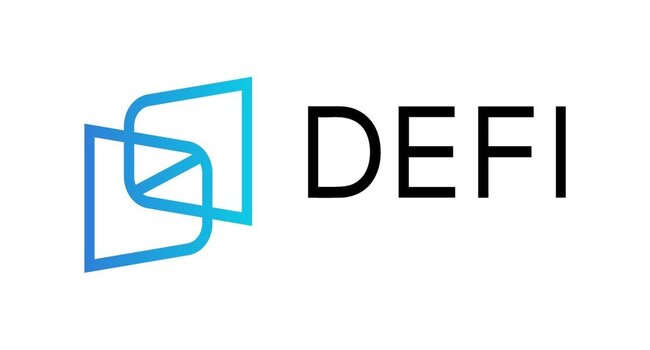Highlights:
- Assets and DeFi liquidity on major platforms like Uniswap are controlled by only major players.
- Retail participants struggle to compete and earn lower returns while facing higher risks in DeFi markets.
- Skilled liquidity providers challenge the promise of decentralization by gaining most of the control and profits.
Decentralized finance (DeFi) was going to revolutionize the entire financial world. It aimed at getting rid of traditional intermediaries and giving equal opportunity to all. In exchange for fees, platforms like Uniswap invited users to provide liquidity. This model aimed to democratize participation and access to financial markets.
A recent report by the Bank for International Settlements (BIS), however, paints a very different picture. Decentralized exchanges (DEXs) are far from inclusive in their liquidity provision. The exclusion of widespread participation means that a small group of advanced players dominate the space.
Bank for International Settlements (BIS) study reveals liquidity on Uniswap V3 dominated by sophisticated players, not retail users. A Bank for International Settlements paper finds that decentralized exchange liquidity is controlled by a small group of skilled participants who…
— Leviathan News (@leviathan_news) November 19, 2024
These participants control the majority of liquidity and earn higher returns than retail users. It raises questions about the real nature of decentralization in DeFi.
The Hidden Power Behind Decentralized Market
Sophisticated Liquidity providers (LPs) are emerging as major players in DeFi. On platforms like Uniswap, they manage up to 85% of liquidity. They develop strategies to achieve the highest returns with the lowest risks. Their liquidity tends to reside within narrow prices near market rates. This approach, referred to as concentrated liquidity provision, is similar to how traditional market making is performed.
Advanced analytics and automation are used by sophisticated LPs to monitor market conditions. These tools allow them to quickly and frequently adjust positions. In doing so they lock in a significant part of trading fees while minimizing their exposure to adverse conditions.
During periods of high market volatility, advanced LPs are mostly profitable. They can capture larger portions of trading volume without incurring additional risks. Without the tools and expertise, there is little that retail LPs can do to match their performance.
Barriers That Keep Retail Participants at Bay
Providing liquidity on DEXs poses many challenges for retail participants. Impermanent loss is one of the biggest obstacles. This happens when the asset value in the respective liquidity pools shifts unfavorably because of market fluctuations. Sophisticated LPs adjust their positions to offset this risk, but retail LPs typically do not have the resources to manage it.
The BIS report has ignited an online discussion on DeFi systems. One user of the X platform claims that decentralization is often idealized. In reality, there are only experienced traders in the market. This has created an environment similar to traditional finance.
The idea of decentralization is often idealized, but in practice, we see again and again that in areas like DeFi, experienced traders dominate the market. This leads to dynamics similar to traditional finance.
— LIP (@ErosSanden) November 19, 2024
The continued dominance by large LPs shows that there is a structural problem in DeFi. DEX tends to remove traditional intermediaries but in the process comes up with a new kind of centralization. The majority of liquidity and profits are taken by a small group of skilled participants. This also goes against the very spirit of DeFi being a decentralized and inclusive ecosystem.
In order for DeFi to deliver on its potential, it must tackle these concerns. Retail investors could benefit from platforms that provide easier-to-use tools and educational materials.





